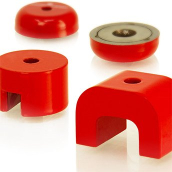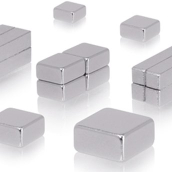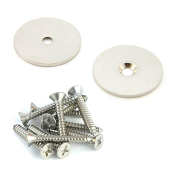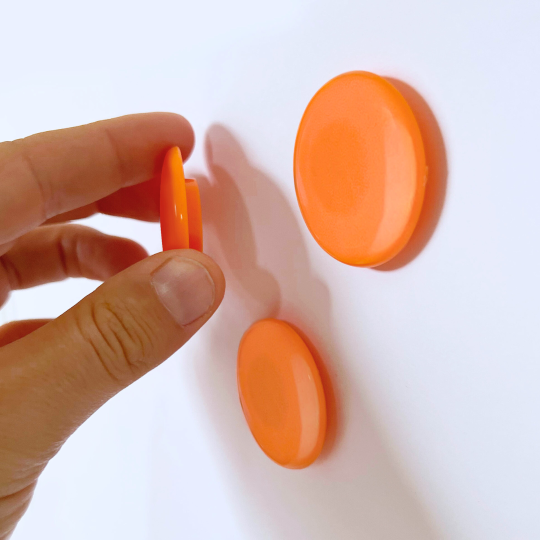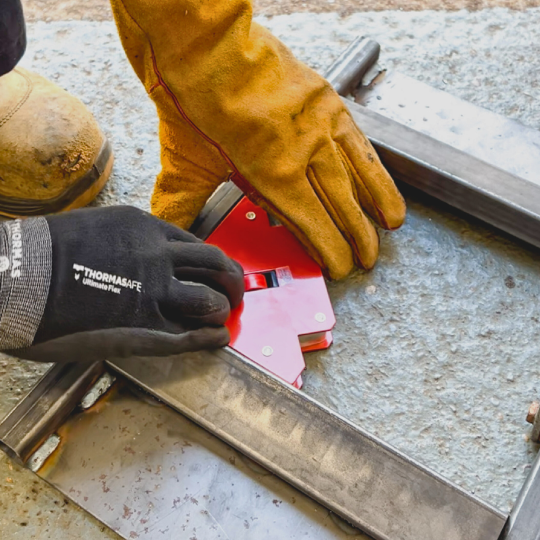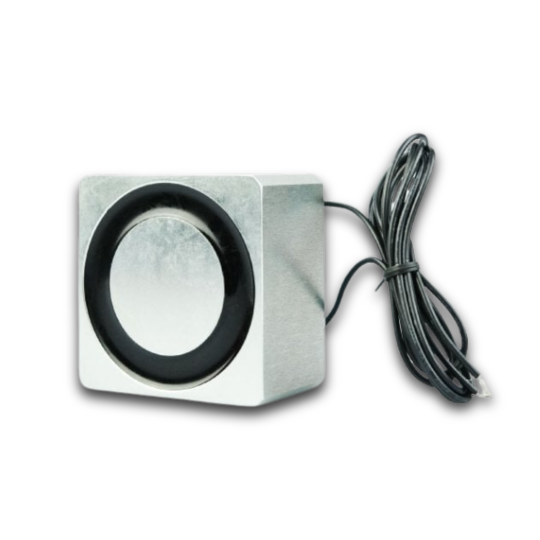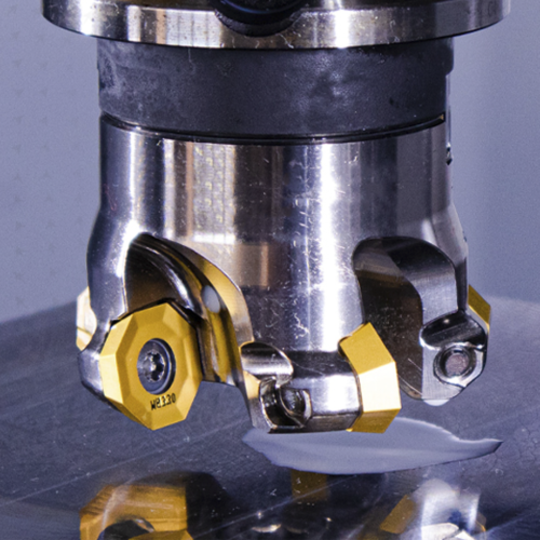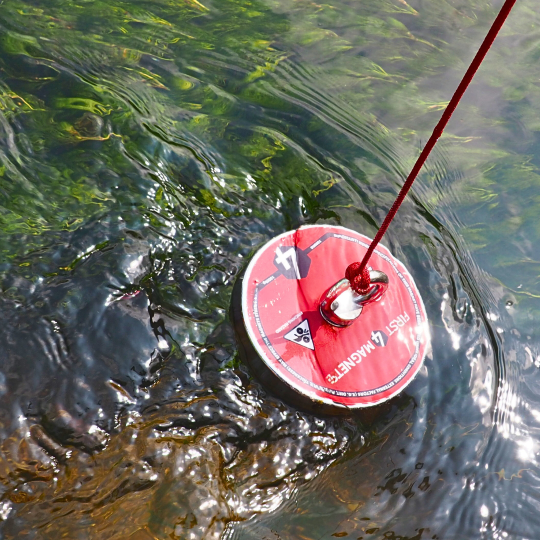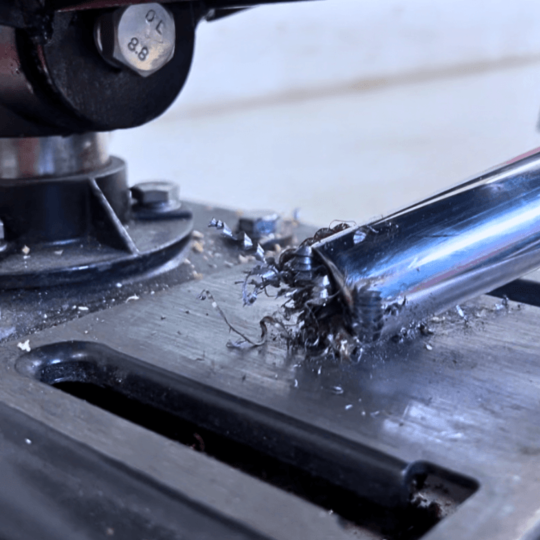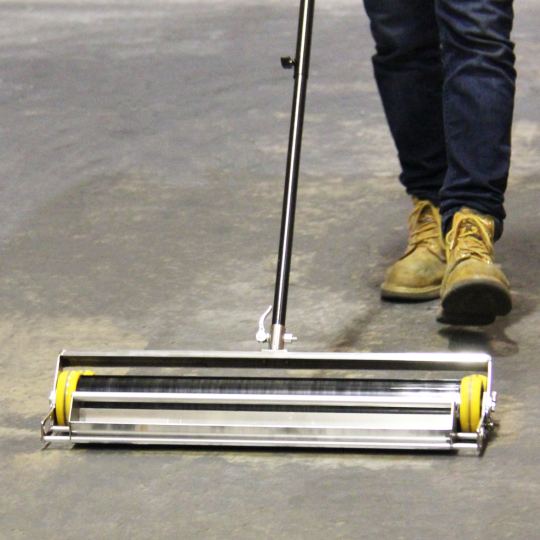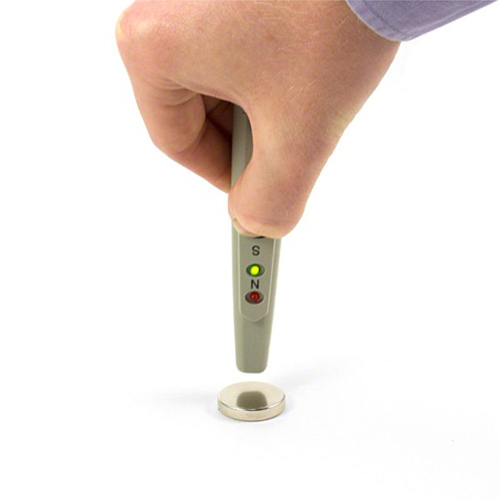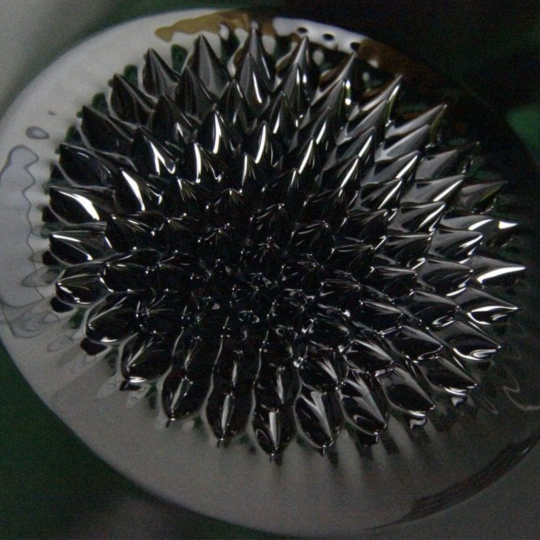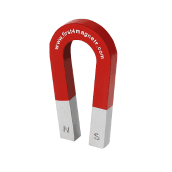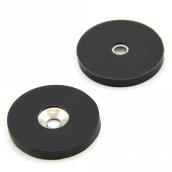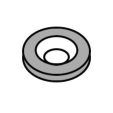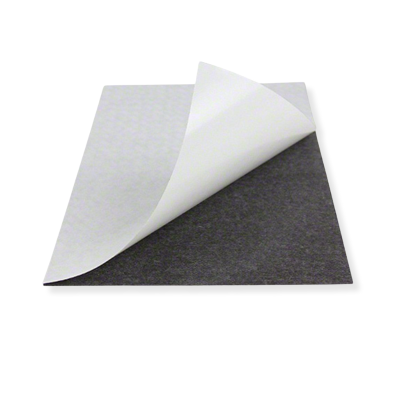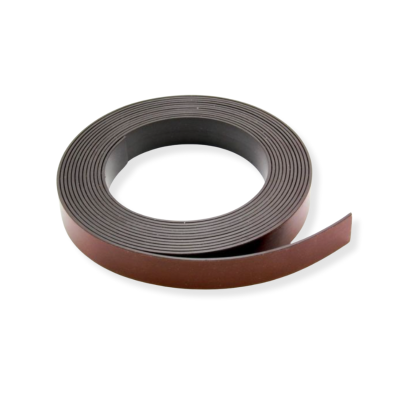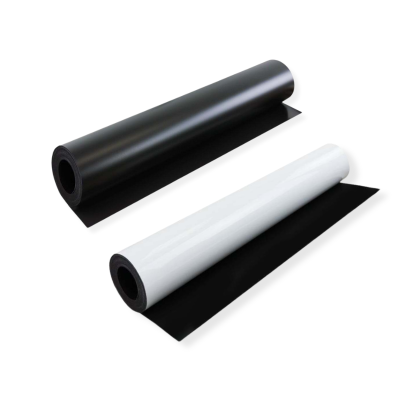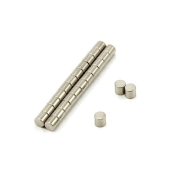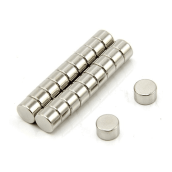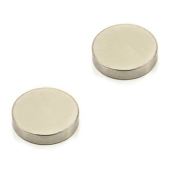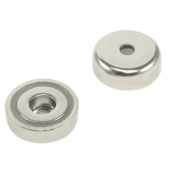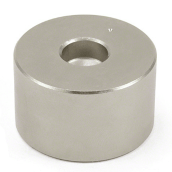What Are Alnico Magnets
While alnico magnets have largely been replaced by stronger rare-earth magnets, alnico are still commonly used in the manufacturing of sensors, guitar pickups, relays and high temperature handling equipment. Alnico magnets play a critical part in all electro permanent magnetic chucks and lifting magnets.
Alnico has a high magnetic strength and a low resistance to being demagnetised and re-magnetised. If coils of wire are wrapped around alnico magnets, they can be easily magnetised and demagnetised by electricity flowing through the coils. One hundred tonnes per square meter clamping chucks can be switched on and off in 0.2 seconds because of alnico magnets.
IN THE BEGINNING
The earliest reference to magnets dates back more than 2,500 years when magnetic lodestones were discovered and used by the ancient Greeks, although earlier civilisations may also have used the naturally occurring magnetic stones. The word magnet actually comes from the Greek word ‘Magnetis Lithos’ meaning ‘Magnesian Stone’ in reference to the area of now modern-day Turkey where the stones where found.
Did you know? The first magnetic material was discovered by the ancient Greeks over 2,500 years ago!
These lodestones were used as compasses by the world’s early navigators and explorers to locate the earth’s magnetic north and in 1600 William Gilbert published the first scientific study of magnetism called De Magenete. The first man-made magnets were not produced until 18th century and these were typically made out of ferromagnetic metals such as iron. Progress in creating stronger magnetic alloys was slow until the 1920s when an alloy of nickel, aluminium and cobalt was produced and named Alnico, a combination of Al (aluminium), Ni (nickel) and Co (Cobalt). The introduction of Alnico meant that expensive electromagnets could be replaced with permanent magnets in devices such as motors, generators and loudspeakers. During World War II Alnico magnets were used in military electronic applications.
Did you know? Before the introduction of rare-earth magnets, Alnico magnets were the strongest available.
Before the development of rare-earth magnets in the 1980s, alnico magnets were the strongest type of magnet available. Today, alnico magnets have largely been replaced by stronger rare earth magnets such as neodymium magnets. However, alnico magnets are still commonly used in the manufacturing of sensors, guitar pickups, loudspeakers and many other day to day household objects.
AL-NI-CO
Alnico magnets are permanent magnets that are primarily made up of a combination of aluminium, nickel and cobalt but can also include copper, iron and titanium. alnico magnets are available in either isotropic or anisotropic versions. The isotropic variety can be magnetised in any direction while anisotropic Alnico magnets can only be magnetised in one pre-defined direction and have a higher magnetic performance.
STRONGER THAN FERRITE
Alnico magnets are generally stronger than regular ferrite (ceramic) magnets, they are also electrically conductive unlike ceramic/ferrite magnets. To their advantage, alnico magnets though still brittle are typically less brittle than most rare-earth magnets and produce a strong magnetic field. They can also operate at the highest temperatures of any magnetic material, keeping their magnetism even when red hot! However they are more easily demagnetised than ceramic or rare-earth magnets.
Did you know? Alnico magnets can operate at unbelievably high temperatures, even when they are glowing red-hot!
At first4magnets.com we stock a small range of red epoxy painted high quality alnico magnets in a range of different shapes and sizes and can custom manufacture any alnico magnet to order.
Shop Alnico magnets:
